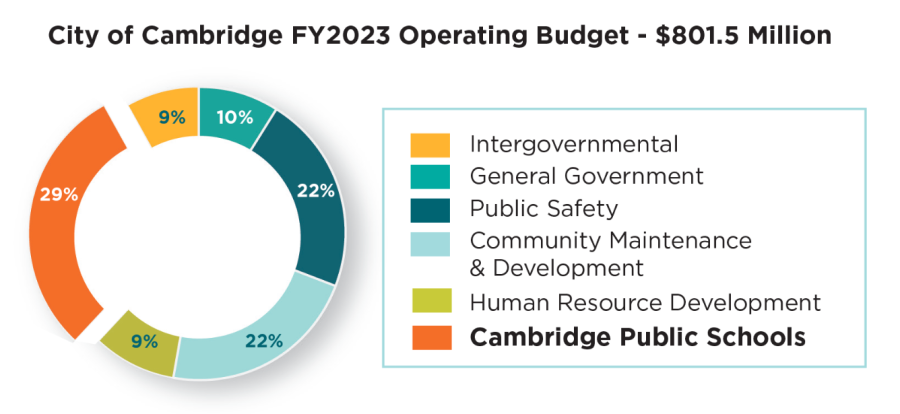Without Defining Why, Youth Inclusion Is Meaningless
The voices of students are essential to creating policy change in the community.
March 14, 2023
I recently attended the district’s “Youth Listening Session for the Annual Budget” and I believe that “listening” in this context is a tool to suppress youth voices. The district set up this event to signal that it includes young people in decision-making processes, without entrusting us, the youth, with an ounce of power. I’ve advised lawmakers, nonprofits, and governments on the youth perspective, through which I have found that the experiences most rewarding are those where I am entrusted with the same level of authority and power as an adult.
This listening session was not dominated by the district listening to students but rather, consisted of students listening to the district leaders going through slides about the current budget, the content of which could have easily been sent out in an email prior to the event. This slideshow signaled a lack of trust in students in the district to have a basic understanding of district operations, despite most of us having spent over a decade under control of the system. If they truly believe we have no understanding of a budget, they should include relevant education in the 6th-grade curriculum instead of speaking to high schoolers in a kindergarten tone.
Although we have two elected members representing students on the school committee, they remain without a binding vote, including on budgeting matters. This means that city officials can “listen” as much as they want without having to take students’ opinions into account on policy and funding. This is another example of the danger of performative inclusion, because it creates a false image that students have a say in a process that is withheld from us. This perception can lead to further harm when district leaders assume that this inclusion indicates consent from students on proposed policies.
I had an interaction with a district staffer that exemplified this issue. The budget showed that approximately 8 million dollars annually was spent on out-of-district tuition, a process that involves over 100 CPSD students with disabilities whom the district fails to support and sends to other schools that require the district to pay tuition. When I asked a district employee why we continue a program that gives money to schools that face poor oversight and often abuse students with disabilities, she chuckled and told me to write it down on a piece of paper that they would add to a database.
In my work with the Youth Direct Action Fund, I am given power to work with young people from all over the country. Large organizations grant us money because they know that we know how to spend money to help each other better than a consultant who holds an EdD. Though district leaders give no power to those affected by the budget, I know that youth are capable of participating in budgeting and that are deserving of self-determination for our education.
The act of putting our thoughts in a database without actually being accountable to them is the issue with this event. Going forward, the district should clearly define the power and role that students have in shaping the budget and other processes so students can understand when they don’t have institutional sway and can exert influence in other ways. The district is more willing to spend millions on consultants than give an ounce of power to students.
This article also appears in our February 2023 print edition.








